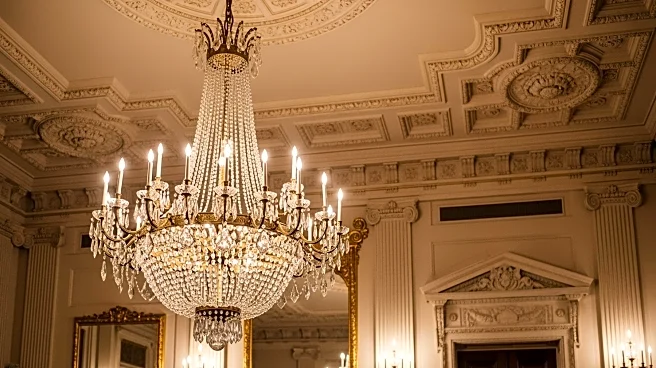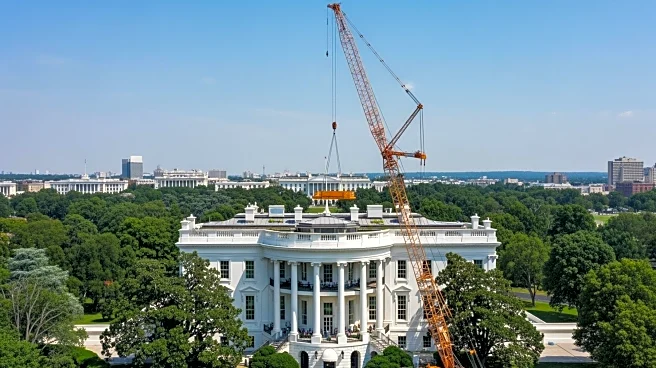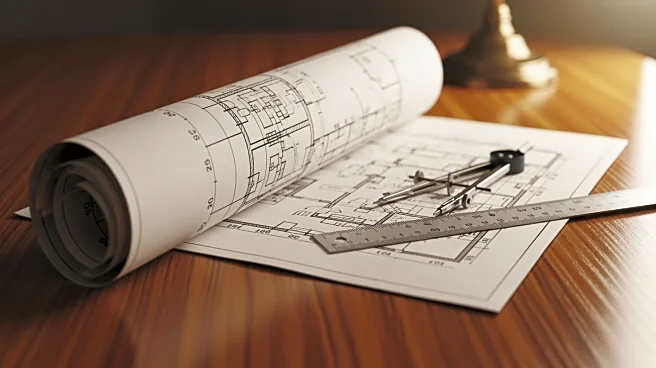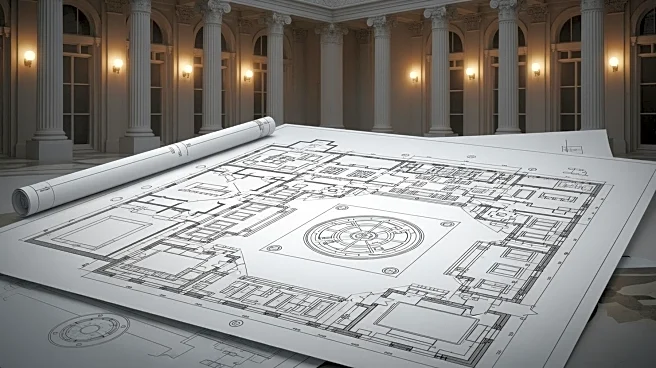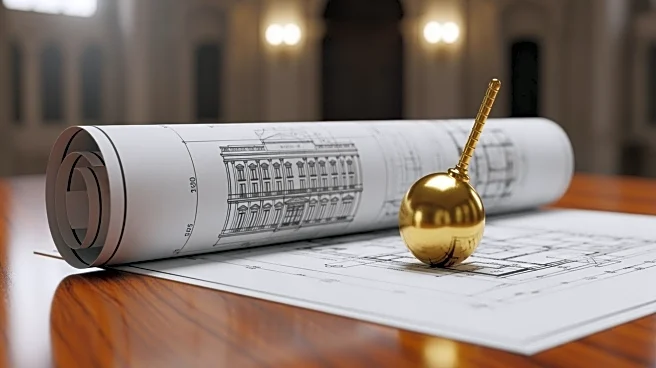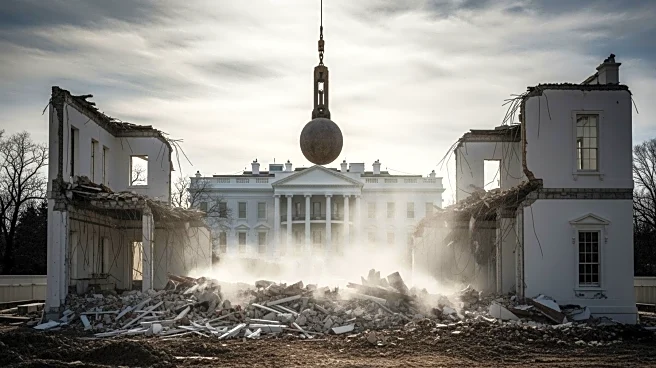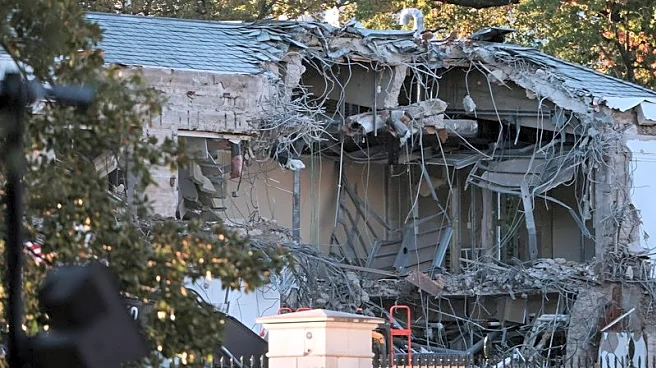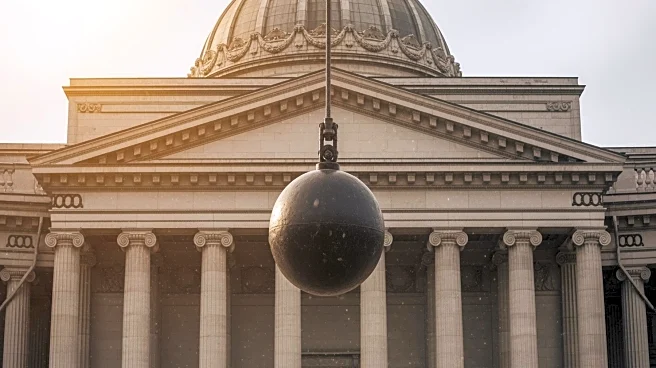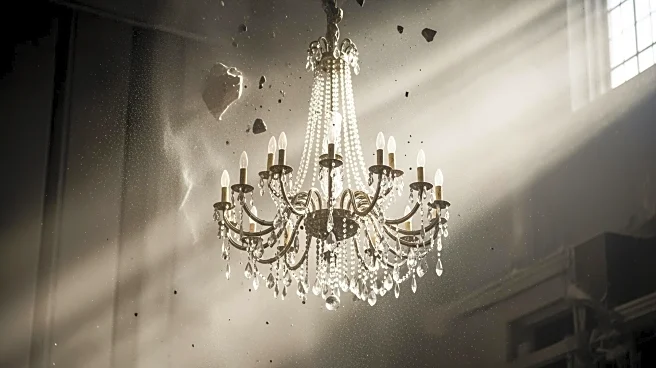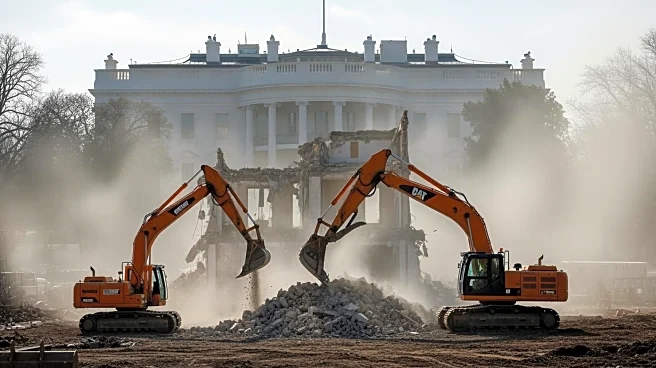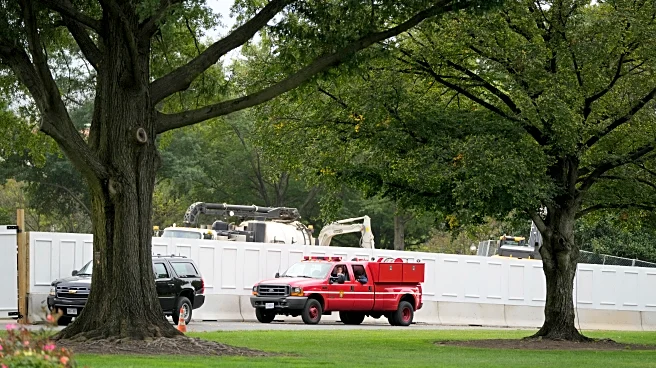What's Happening?
The White House is undergoing significant renovations under President Trump, including the addition of a new ballroom in the East Wing. This development is part of a long history of modifications to the presidential
residence. Previous renovations have included President Theodore Roosevelt's creation of the West Wing in 1902, Franklin D. Roosevelt's indoor pool in 1933, and Harry Truman's extensive remodeling from 1948 to 1952, which included a bowling alley. More recently, President Barack Obama added a basketball court. These changes reflect the evolving needs and personal preferences of the presidents and their families.
Why It's Important?
The ongoing renovations at the White House highlight the intersection of personal presidential preferences with historical preservation. Each president has left a unique mark on the building, reflecting their interests and the era's cultural values. The addition of a ballroom by President Trump may serve as a venue for official events, potentially impacting how diplomatic and social functions are conducted. These changes can influence public perception of the presidency and the White House's role as a symbol of American leadership and history.
What's Next?
As the renovations continue, there may be discussions among historians and preservationists about the balance between modernization and maintaining historical integrity. The new ballroom could become a focal point for future events, possibly altering the dynamics of White House gatherings. Stakeholders, including political leaders and cultural commentators, may weigh in on the implications of these changes for the presidency's public image.
Beyond the Headlines
The renovations raise questions about the ethical considerations of altering a historic landmark. The White House serves not only as a residence but also as a museum and a symbol of American democracy. The decision to add new features like a ballroom may spark debates about the preservation of historical architecture versus the need for modern functionality.
